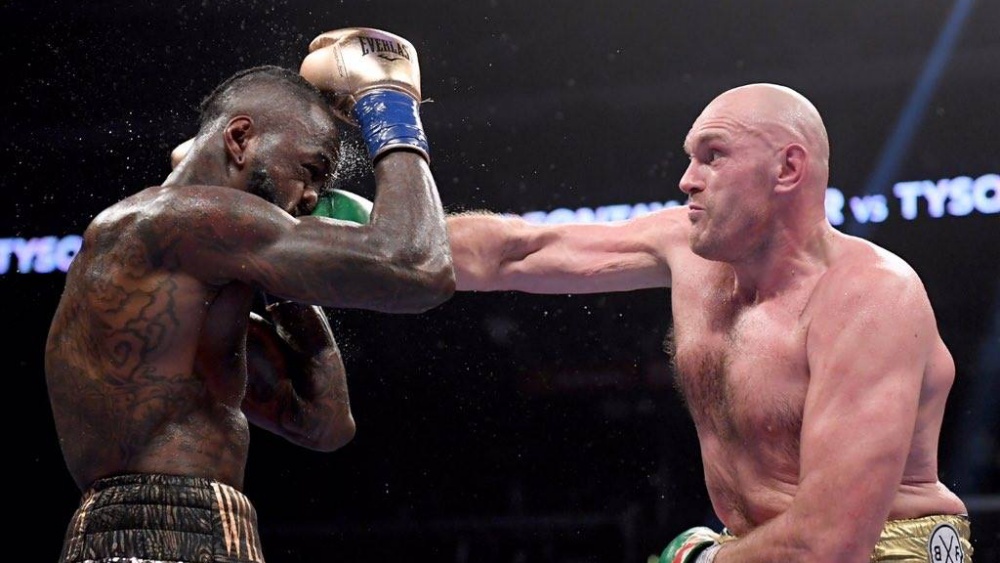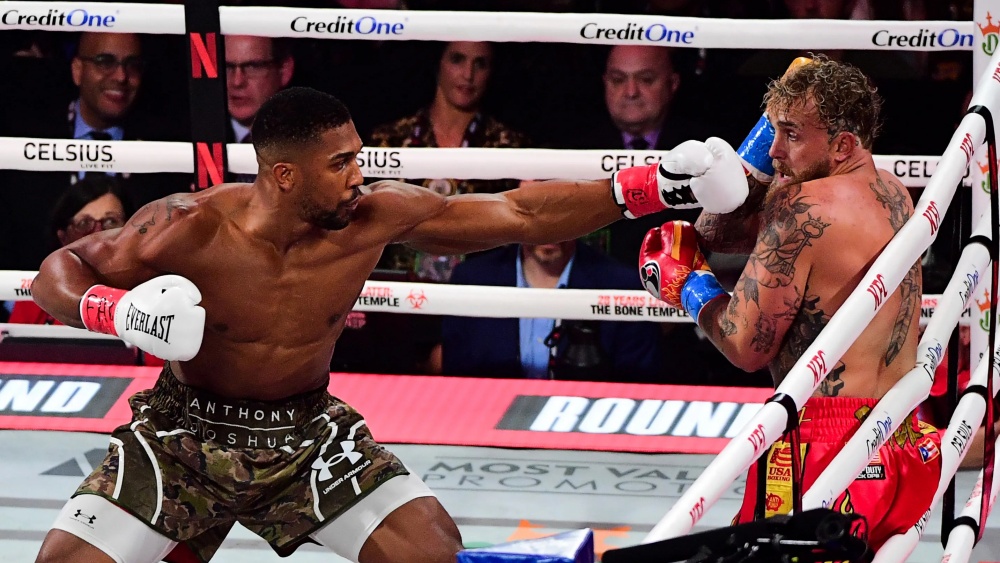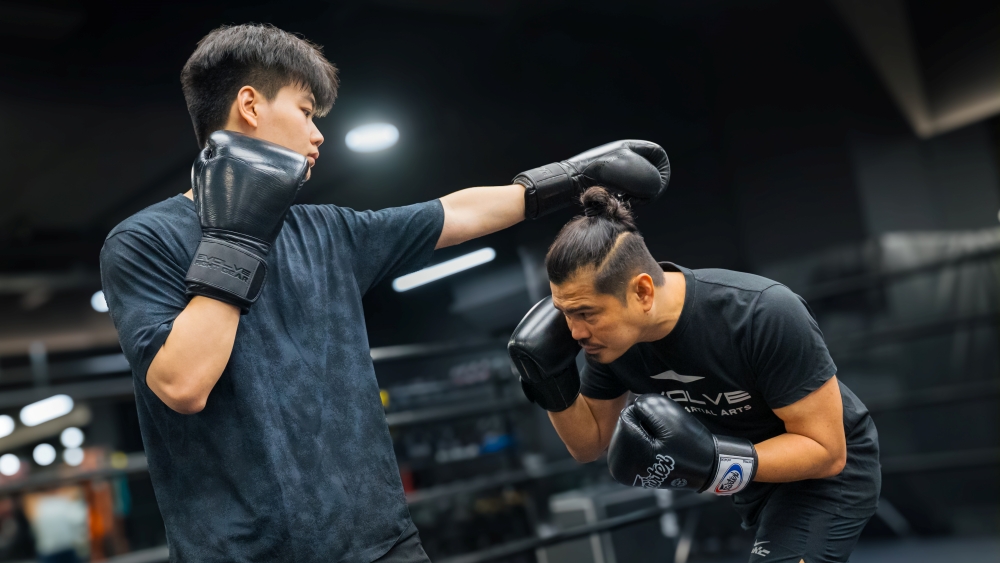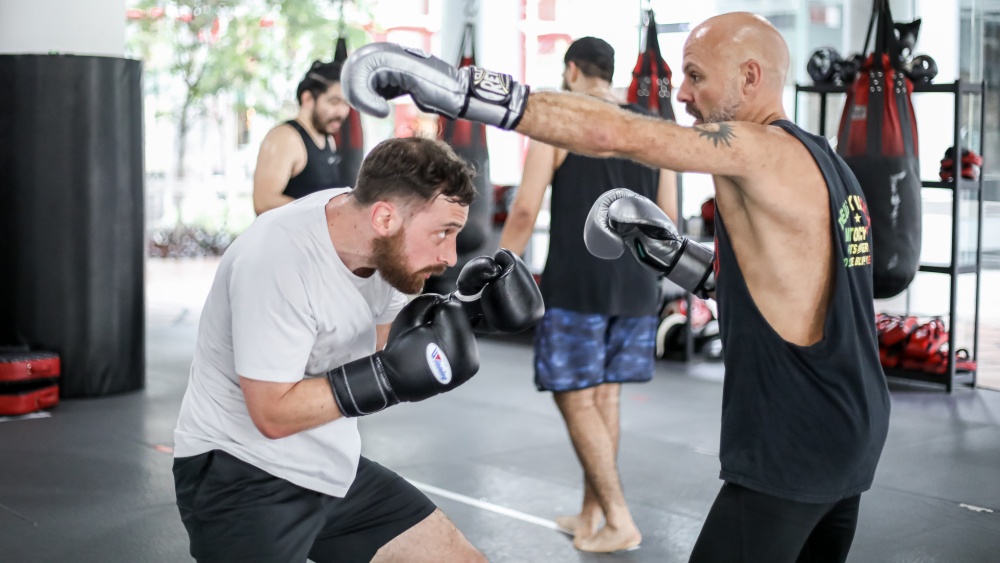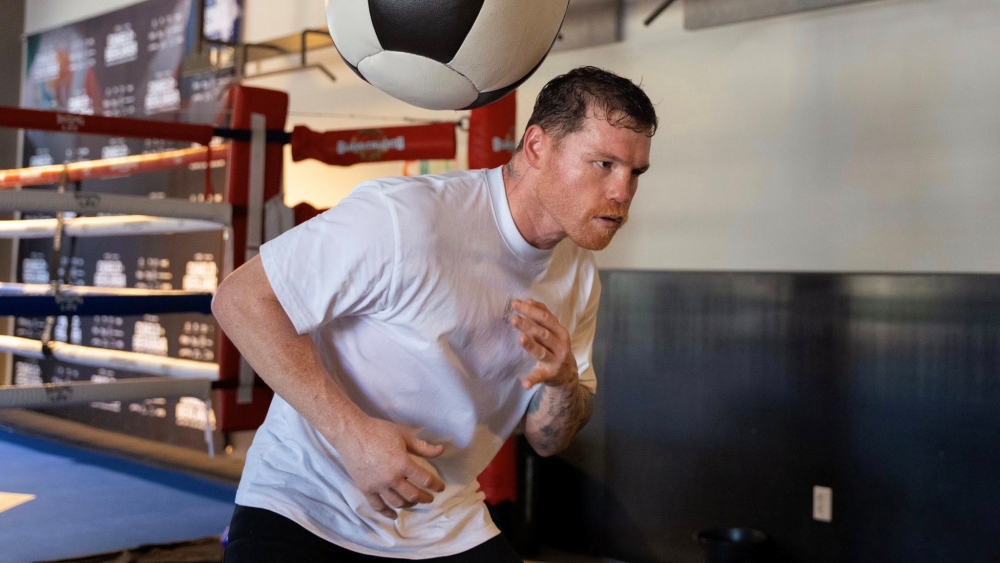Tyson Fury was destined to be a great boxer from birth. Named after the most dangerous heavyweight in boxing at the time, “Iron” Mike Tyson, Fury picked up the sweet science at the age of ten. He’s a true student of the game who can pretty much use any boxing style he wants.
For the most part, Fury prefers being unpredictable inside the ring, making it challenging for his opponents to predict his next moves inside the ring.
Fury turned professional at 19, and it only took him eight fights to win his first English title. He accumulated a few more titles before bringing an end to the Wladimir Klitschko era in 2015, winning WBA, IBF, WBO, IBO, and Ring heavyweight titles.
Breaking Down Tyson Fury
Tyson Fury doesn’t have an exact fighting style he uses whenever he steps inside the ring. He tends to be very unpredictable, as he tailors his boxing style for each opponent he faces. He didn’t even stick to the same style for his three fights against Wilder.
With a 6’9″ frame, many would expect Fury to be a point fighter who uses his length to keep opponents at bay, but he rarely fights that way. Fury is exceptionally well-rounded as far as his boxing skills are concerned. His knowledge of the sweet science allows him to implement any game plan he wants.
Fury can swarm opponents like he did during his third fight against Wilder, he can use his footwork to create angles, or use a counterpunching approach. This is arguably Fury’s biggest asset inside the ring. His high boxing IQ and well-rounding skills allow him to use whatever game plan he and his trainers think gives him the best odds of victory for each opponent.
However, there are some tools you’ll notice Fury using during most of his fights. Let’s take a closer look at the most obvious ones in closer detail:
Feints
https://www.youtube.com/watch?v=keJgrY6alw4
It is impossible to overstate the importance of feints in most sports. You can even say that feinting is an essential part of life. You never want to be too predictable since it makes it easier for others to counter you. Many of the best fighters from different combat sports use feints as the foundation for their offense.
All warfare is based on deception. Hence, when we are able to attack, we must seem unable; when using our forces, we must appear inactive; when we are near, we must make the enemy believe we are far away; when far away, we must make him believe we are near. – Sun Tzu
Take a moment to absorb what the general means by this quote, and you’ll start to realize how important being able to hide your intentions is in many aspects of life, including boxing.
Tyson Fury feints a lot during his fights, which opens up his other tools. He is constantly twitching his head, body, hands, and feet, forcing his opponents to hesitate and disrupting their rhythm. He often throws out multiple feints before actually throwing a punch.
When his opponents start expecting a few feints before each punch, Fury surprises them by throwing a punch without feinting. This makes it difficult for opponents to predict his timing and rhythm. They find themselves hesitating more than they would like to, as they cannot predict what’s coming their way next.
The Jab
No surprise here, the jab is the most important punch in boxing, and many great champions have been known for their effective use of the jab. The jab is used to set up other punches, measure distance, and break your opponent’s rhythm when they throw combinations.
Tyson Fury has an excellent jab, and he uses a few different types of jabs during his bouts. Fury sometimes flicks his jab as a way to disrupt his opponent’s timing and rhythm. He uses a more traditional jab to score points and measure distance, and he throws jabs from his waist to keep his opponents guessing.
One of the things that make Fury’s jabs so effective is the way he constantly varies how he throws them. This keeps opponents guessing while scoring points for Fury.
Excellent Movement
Tyson Fury might not be as graceful as Muhammad Ali regarding his footwork, but his movement inside the ring is just as fluid. He’s a lot more graceful than you would expect for a man his size inside the ring, and he’s excellent at using his footwork to create angles.
Fury’s footwork came in handy when he defeated Klitschko. He used L-steps and sidesteps to evade Klitschko’s attacks while creating angles for his offense. Fury is comfortable fighting out of either the southpaw or orthodox stance, making his footwork even more effective.
Tight Defense
Fury’s defense is arguably the best in the heavyweight division. He uses his masterful understanding of boxing and his lengthy frame to force opponents to work extra hard to land a meaningful shot on him. He parries, slips, shoulder rolls, and ducks under punches effortlessly. He also uses his feints and footwork to tighten his defense.
Fury’s defense often causes opponents to swing wildly at him as they get frustrated with his ability to evade their attacks. That opens them up to Fury’s power shots.
Fury showcased his excellent defense during his three fights against Wilder. He avoided most of Wilder’s haymakers by ducking under them and pivoting away so he could counter with a jab or hard left hook.
Punching Style
Twenty-two of Fury’s 30 victories inside the boxing ring came via knockout, so he’s undoubtedly a heavy-hitter. However, Fury isn’t the type of boxer who chases knockouts inside the ring. Instead, he opts to hit his opponents just hard enough to make them respect his power.
This allows him to conserve his energy until the right moment emerges to look for a finish. However, Fury did switch up his style during his last outing against Wilder, using a high-pressure style and looking for the finish from the opening bell.
You may also like:
